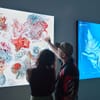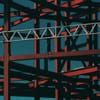Sydney based photographer Stuart Miller teamed up with filmmaker Rhys Graham from Melbourne to document the lockdown life in the two cities by taking intimate quarantine portraits from people in their homes.
This interview is the first of our series “Checking In” a format featuring creatives of different disciplines from all over the world sharing their thoughts on the current corona crisis and how they navigate through it.
TYC: Please tell us a bit about your current situation. How are things in Australia?
Stuart Miller: As almost everywhere in the world, Australia is in lockdown right now. We are lucky in the sense that compared to other countries, we haven’t had the sheer number of people passing away from the pandemic, but we still don’t know how it will progress in the future. From a work perspective, that’s going from what I would call a healthy industry to zero jobs.
Do you get any financial support from the government?
They just launched the JobKeeper Payment program. It’s for companies and freelancers like myself where, if proven, we lose at least 30% of our income, we’ll get 1500 Australian Dollars (before tax) a fortnight. It’s not that much, but it’s certainly enough to keep me going, and it’s a huge savior for everyone in this situation.
What project were you last working on before the lockdown started?
Shortly before, I was on my way to the outback of Australia because I wanted to do some documentary work on the mining industry there. But before I could even start, I had to come back to Sydney due to the lockdown. I usually do a lot of advertising on top of my artwork, and as there aren’t any jobs right now, I have even more time to focus on personal projects like the quarantine portraits. It’s nice because it helps me clear my mind and make the best out of the situation.
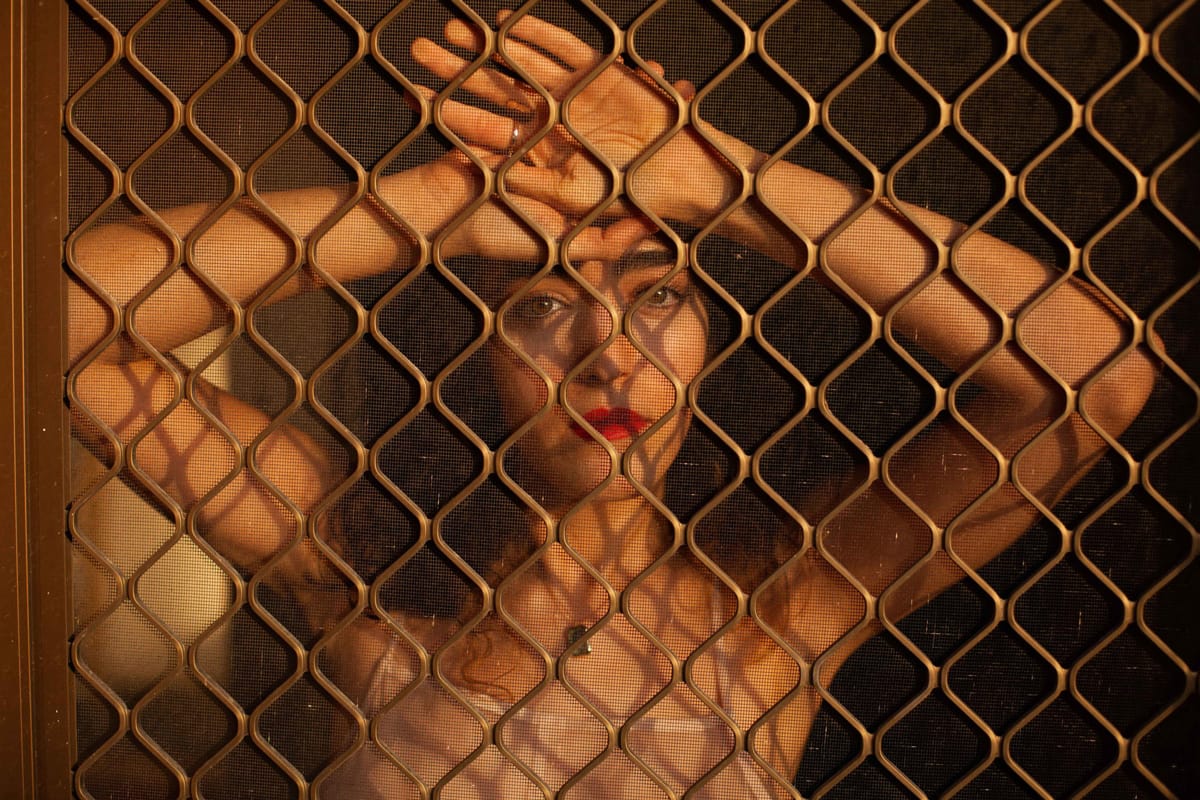
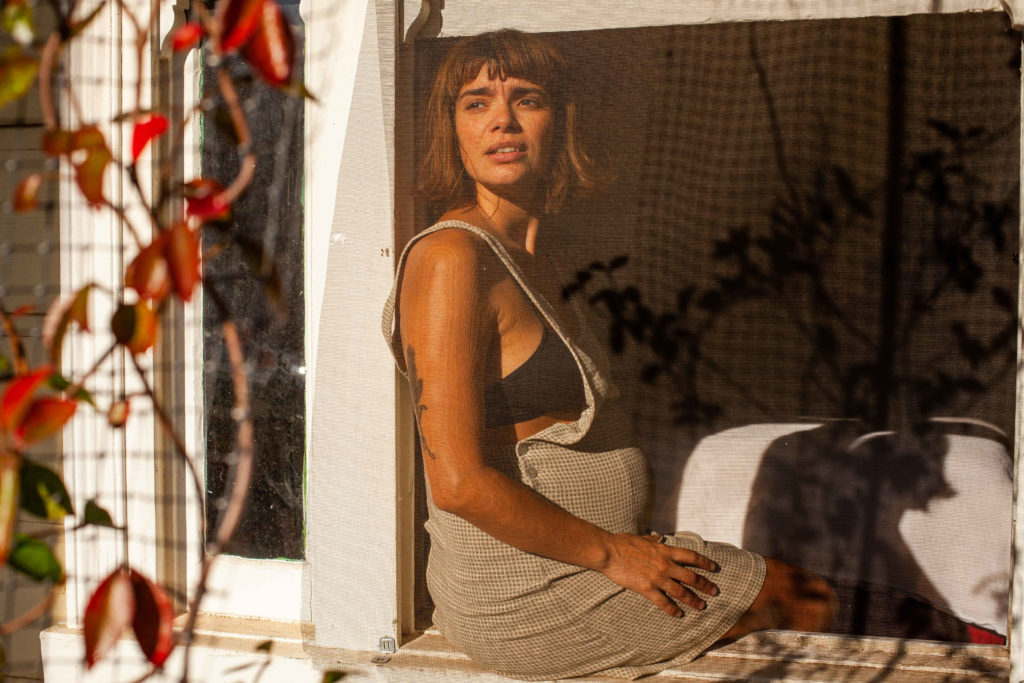
Photos by Rhys Graham, Melbourne
How was it like to photograph the quarantine portraits visiting all these different people at home?
It’s been an incredible experience, and unlike any other portraits, I’ve ever done. Under normal circumstances, you have more time and intimacy with the person you portray. You’ll be closer to each other, and also, the way you talk and interact changes how you photograph someone. For Rhys and me doing the series has been an amazing way to portray friends, family members, friends of friends, creative industry people, and strangers in a very unusual context. It’s kind of therapeutic for both sides to be able to share your thoughts, have a laugh, and enjoy these brief connections. There was this girl who lived by herself in a tiny apartment. We talked about how lonely she felt, and you can see how that solitude shows in the picture. The series is about all these individual stories, as everyone deals with the lockdown differently.
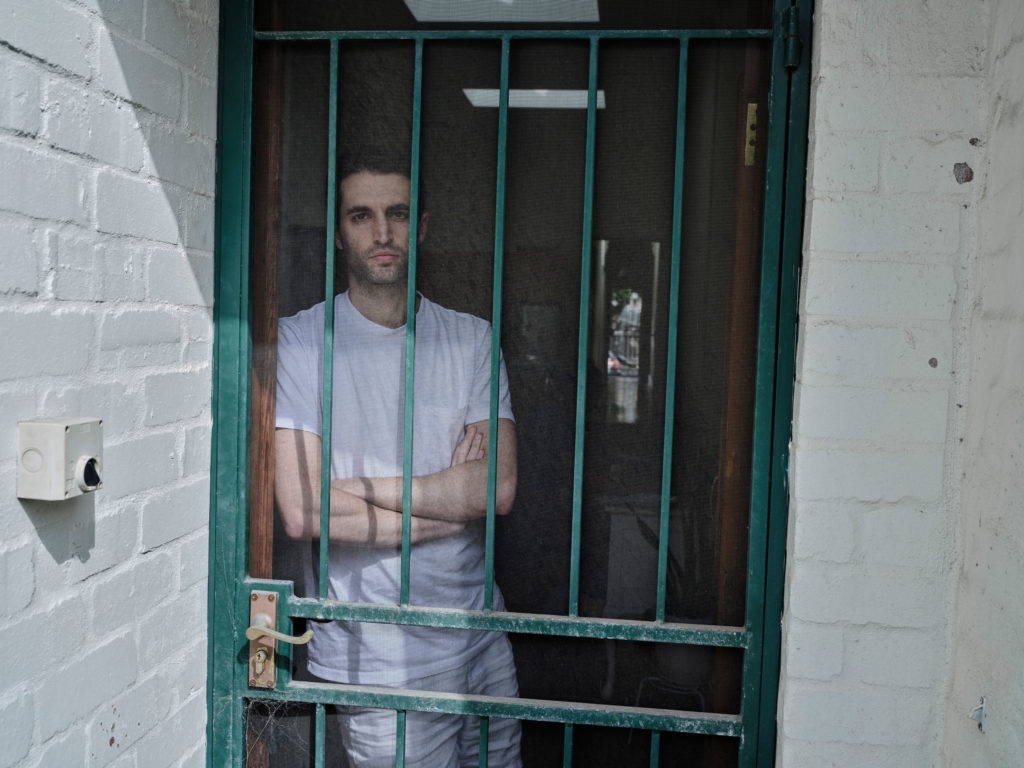
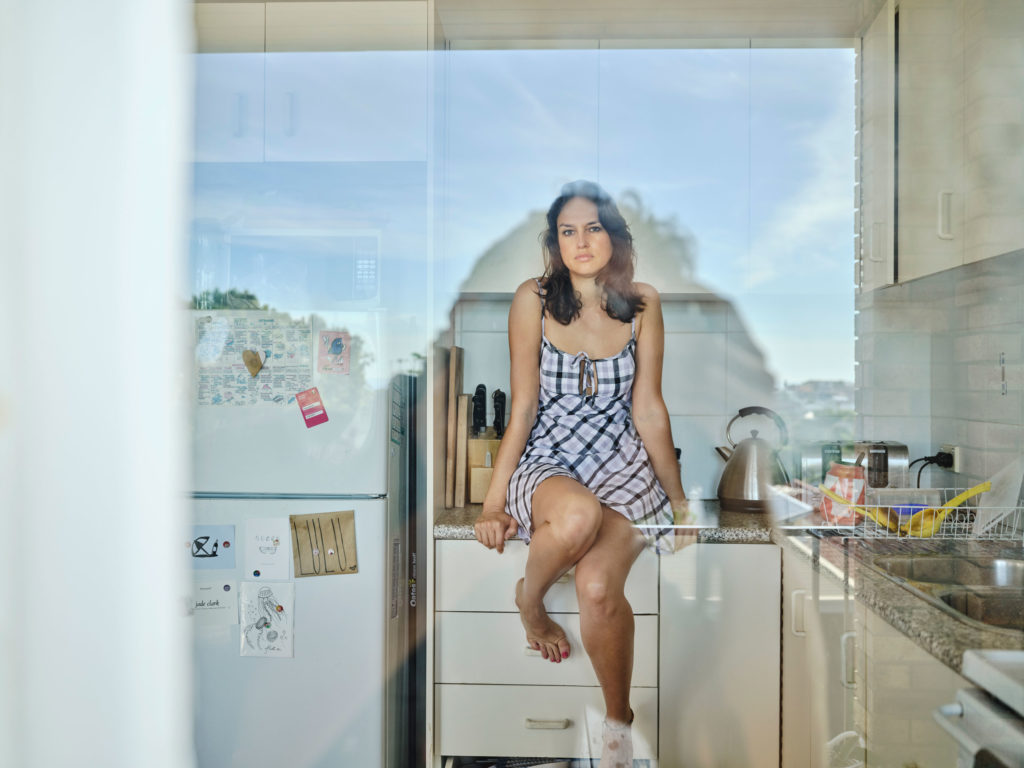
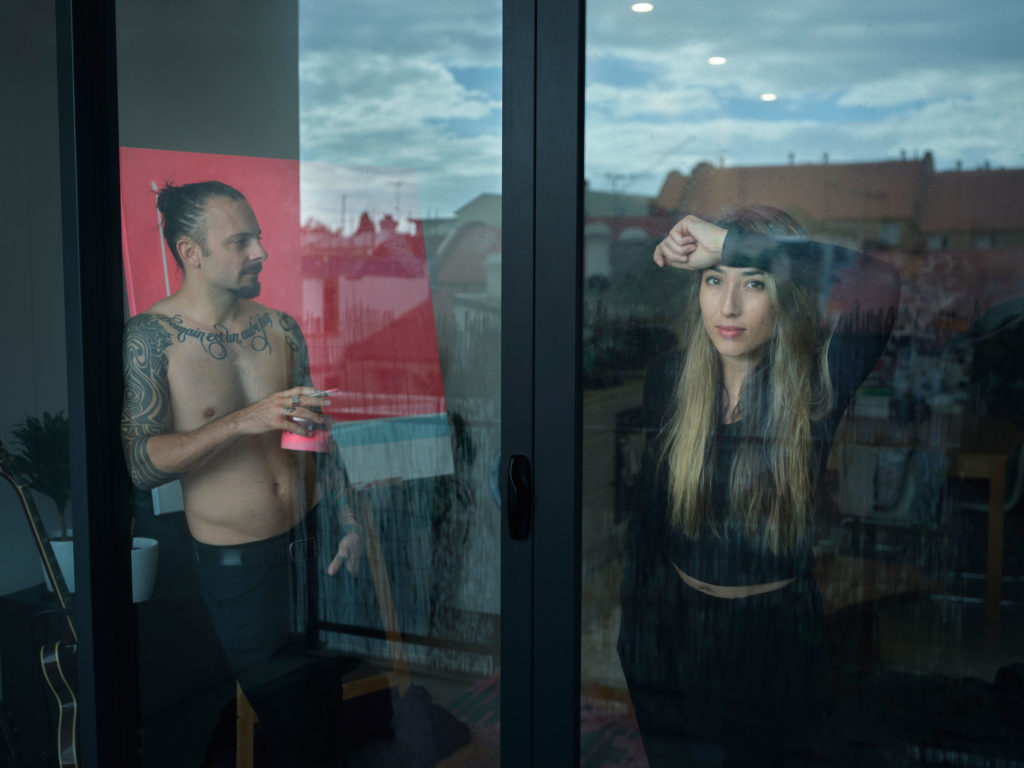
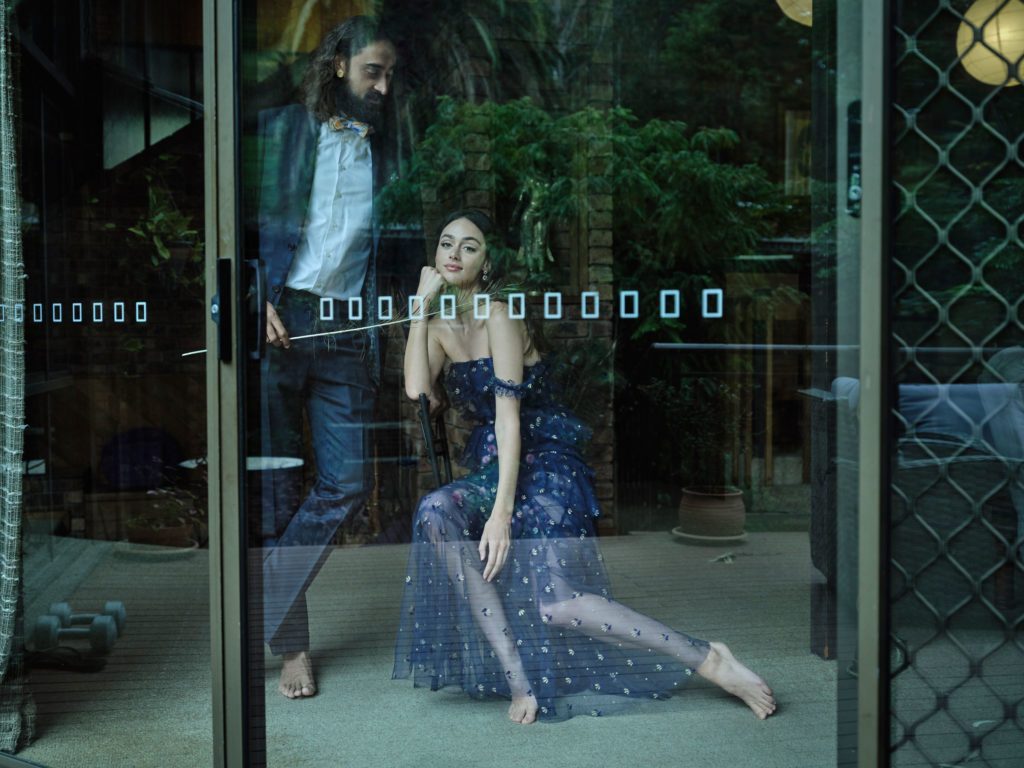
Photos by Stuart Miller, Sydney
Will you continue with the quarantine portraits as long as the lockdown lasts?
We will continue and see how it transforms with time. When I took the first portraits, it was quite a new experience being in quarantine, and people were in a more exciting way of looking at this new life, although it was uncertain and scary, but the mundane still hasn’t set in. And I feel as the lockdown progresses, things are going to get sadder and stranger. I had recent portraits where people were dressing up for me, for example. I think that’s part of the process. It’s interesting to see how that progresses. Another important aspect to mention about this series is that it’s a tribute to everyone staying at home and doing the right thing taking this seriously.
Interestingly I’m not at home but out and about taking these photos, so it’s been quite tricky to shoot, but all the portraits represent a distance between the people and me. We were at least three meters apart. I used hand sanitizer and never touched anything. So, taking these precautions and shooting the quarantine portraits from a distance was quite unusual.
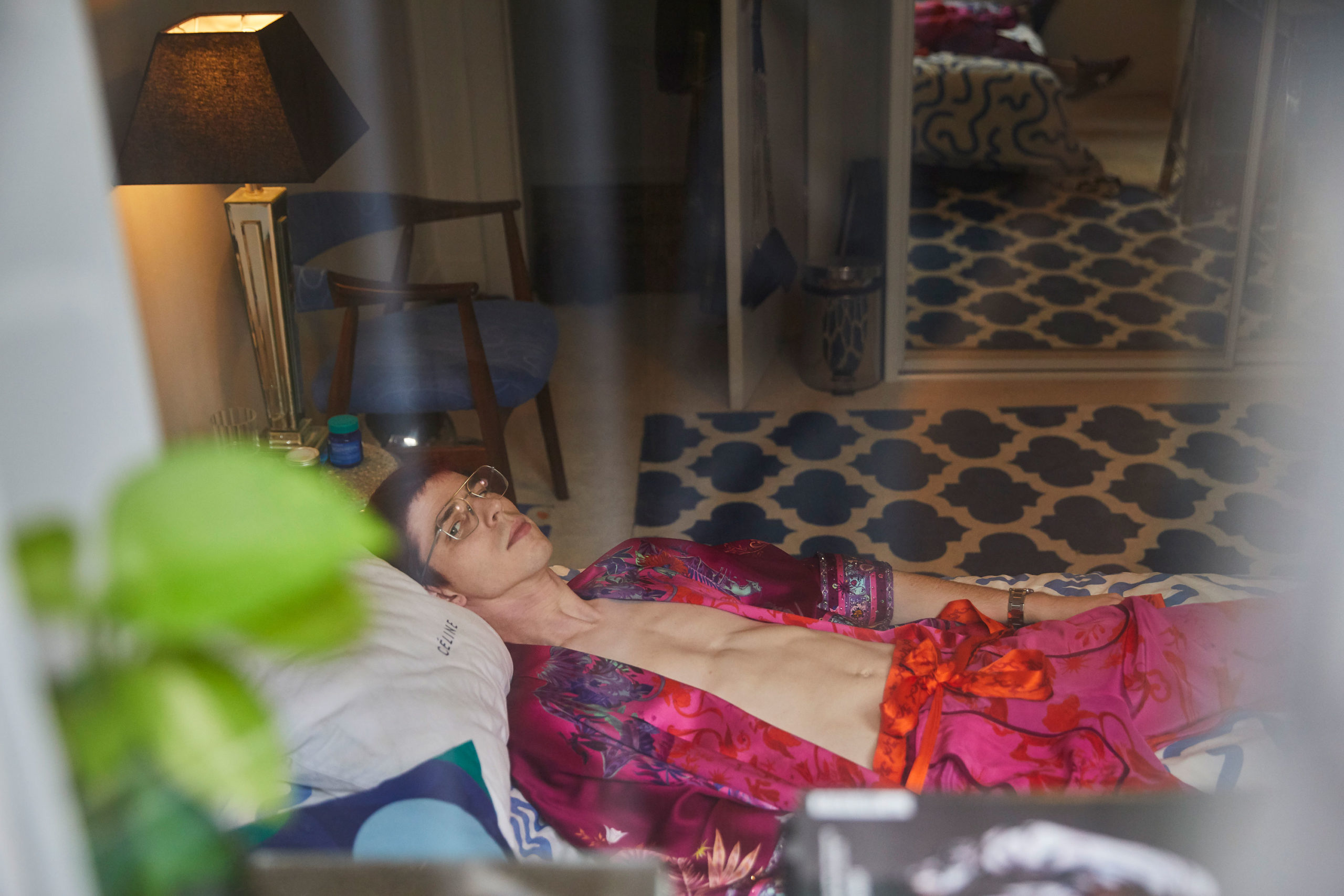
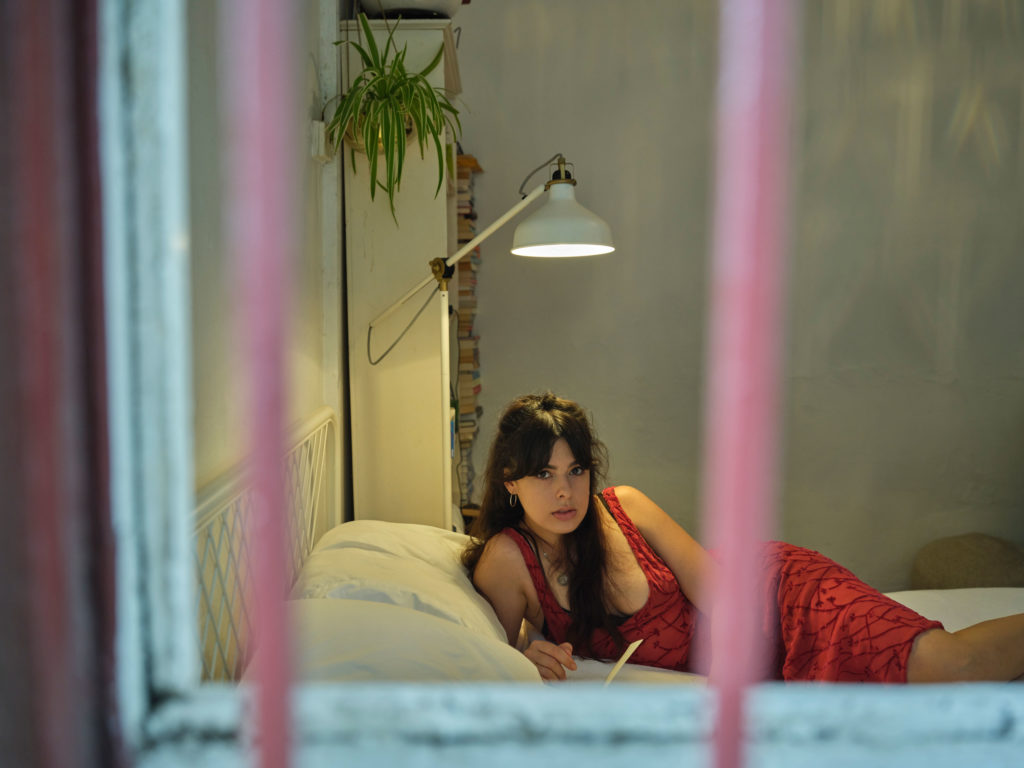
Photos by Stuart Miller, Sydney
It’s also a very different way of portraying someone from the distance because it’s more challenging to interact with each other.
You lose intimacy because it’s harder to hear each other, and you don’t have that level of closeness you usually do. Interestingly I’m outside the people’s homes, but at the same time, they visually invite me in their personal space. There is a level of intimacy in the pictures I haven’t ever captured in any other portraits. And that’s something these bizarre times have opened the doors to.
What makes portrait photography so appealing to you?
It’s all these individual stories. Also, the way you interact with someone is different every single time. Humans are fascinating, and even in this quarantine series, which follows a repetitive concept, every image is very different. There is so much context about fashion, culture, and the places people inhabit. What I like about doing the series with Rhys in Melbourne and myself in Sydney is documenting these various styles and architecture that differ so much from city to city. Often when you do a series, you might want to expand it to another location, which also means you need to travel, and that is not possible at the moment. It has opened us up to collaborate. It was the first time that we were able to do that as we usually are so caught up in other things.
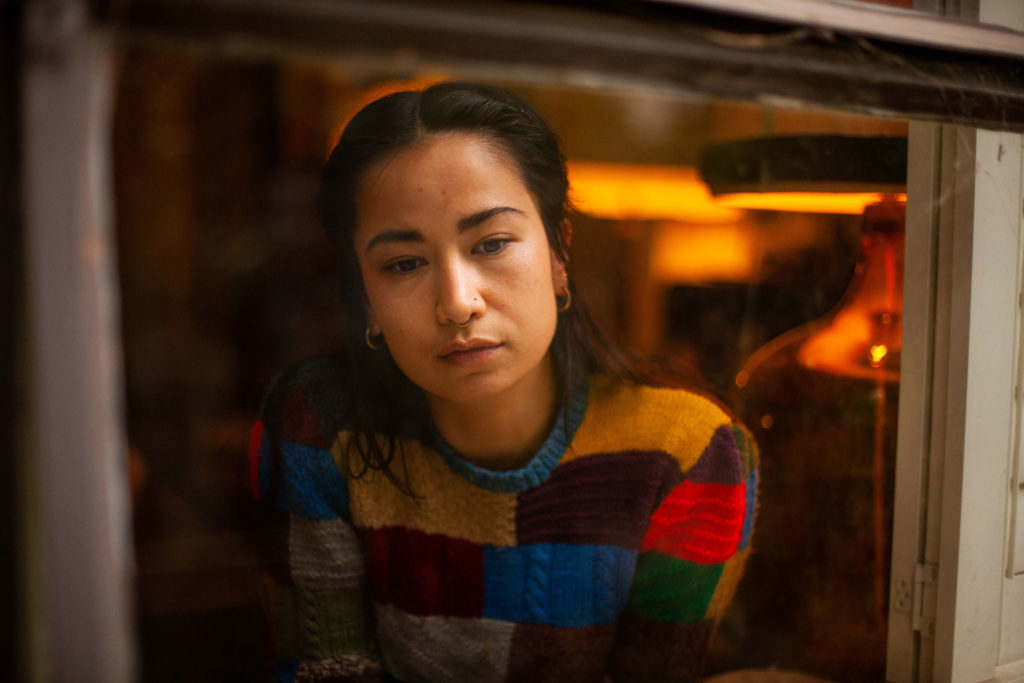
Photo by Rhys Graham, Melbourne
As a photographer, you travel a lot. Do you think the corona crisis will affect the way you take work trips in the future?
For me, that’s a tricky question because my work so heavily revolves around being on a specific location to photograph. I depend on traveling. I do a lot of work in London and Scotland, shooting for Whiskey companies. The UK is like a second home to me. It makes me sad to think that it’s not as much as a reality right now because it’s such a big part of my life being there. But it also does make me wonder. I just used to hop on a plane, travel to the other end of the world, shoot for a couple of days, and come back to Australia. That reality sounds crazy to me right now.
But there is a lot of unnecessary business travel through meetings. The way we are starting to work online from home has a lot of advantages, and people notice that it can even benefit productivity. It will be interesting to see if we hold on to some of these learnings in the future. I think we will.
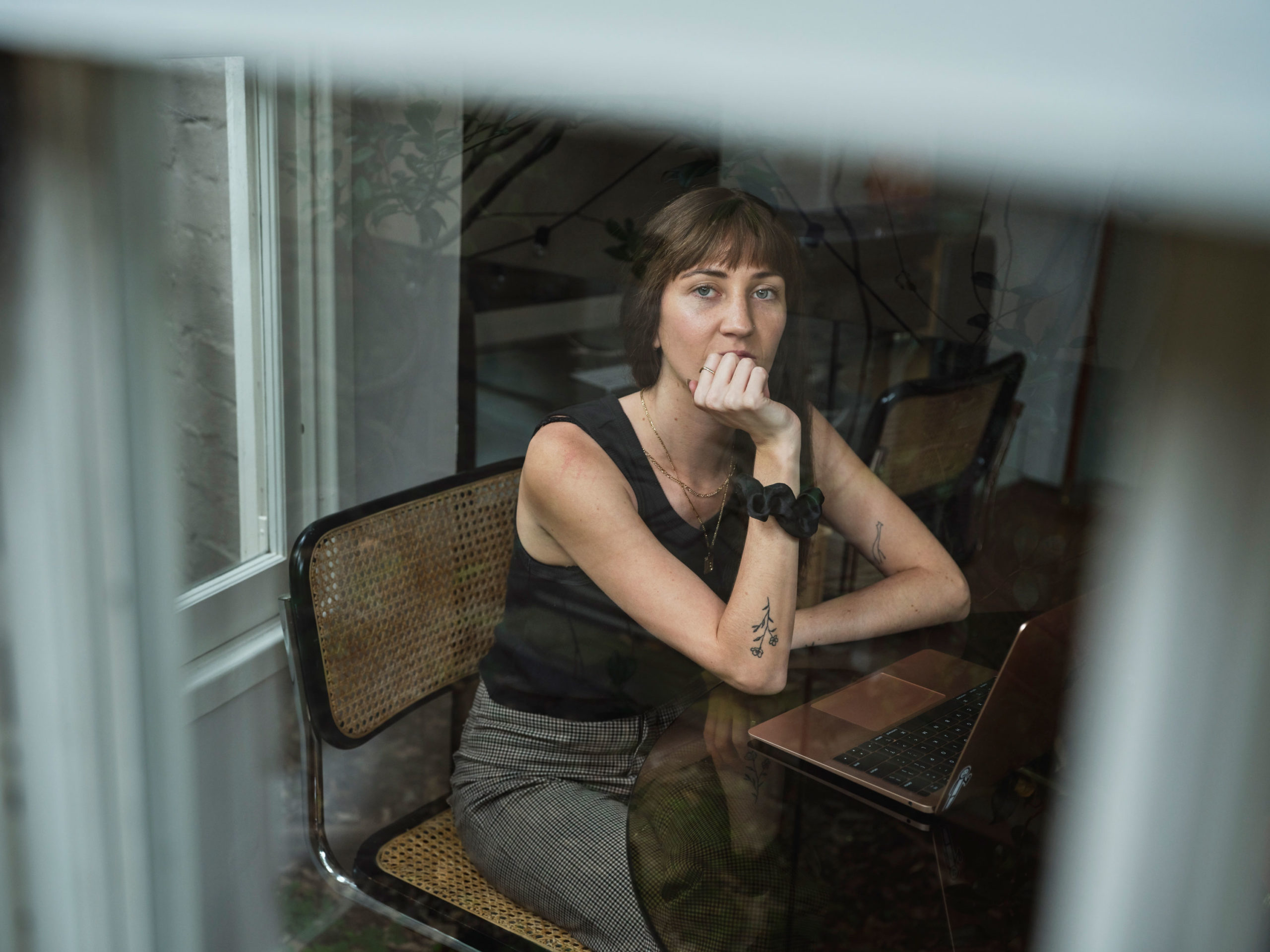
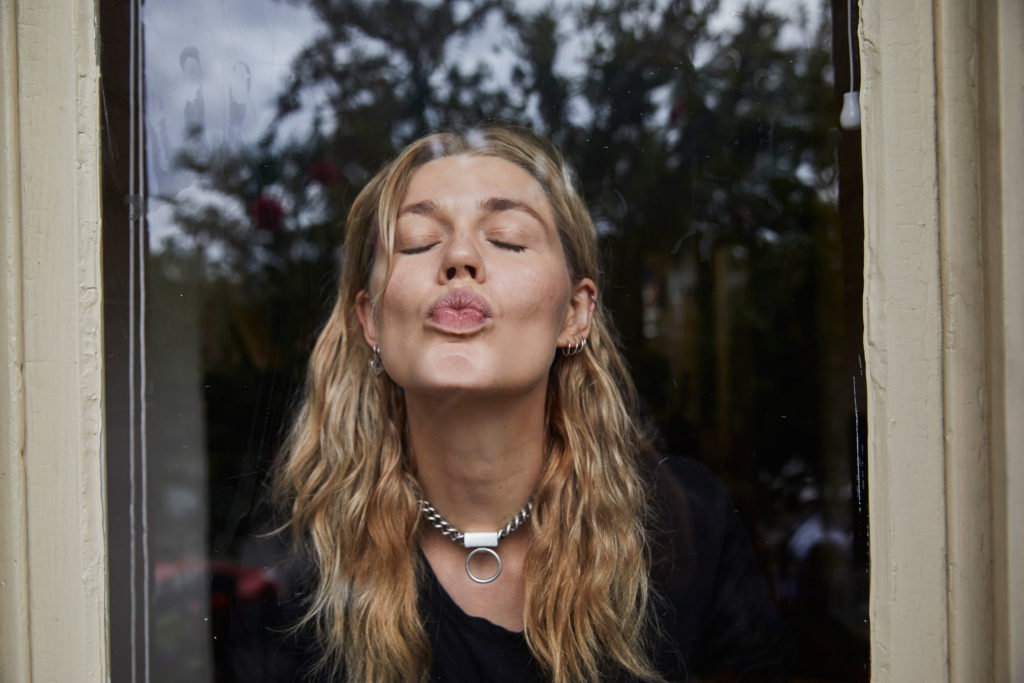
Photos by Stuart Miller, Sydney
Did you do a lot of documentary photography before?
I love documentary photography, but I don’t do it for a living, it’s rather personal work. In 2010 I shot one series called “Blood Generation,” which tackles the conflicts regarding mining interests in Papua New Guinea. That was my first more social look on a particular topic. That, for me, is reportage. And now, of course, the quarantine portraits.
How do you approach the people you portray?
For me, having that individual connection with every person is how you get a portrait that feels real and honest. I love talking to people I don’t know, and I’m always interested in their stories, especially in times like these. But it’s also quite exhausting. If I shoot six portraits in a row, it’s incredible how emotionally drained I am by the end of the day.
Now a lot of people in quarantine have the time to pause and reflect on their lives and the future. Did you have a similar experience?
Sometimes I can’t just quite wrap my head around how hard we work all the time. You get used to this fast-paced life so easily, and you aren’t even aware of it, as it feels so normal. Having time to reflect and dedicate energy to personal work as opposed to trying to squeeze that between the gaps of so many other things has been a forced enlightenment. In the future, I don’t want to lose that traction. But I’m also very fortunate in the sense that I love the craft of photography, so I enjoy the process itself even in my commercial work. In a way, you always inject something personal in every shoot you do. But it’s true that you also think about your values more and how you can use photography as a better tool to raise awareness of social issues. I asked myself: What’s more important to me right now? Photographing a bottle of whiskey on the other end of the world or documenting contemporary history in my backyard?
This interview has been edited and condensed for clarity.



